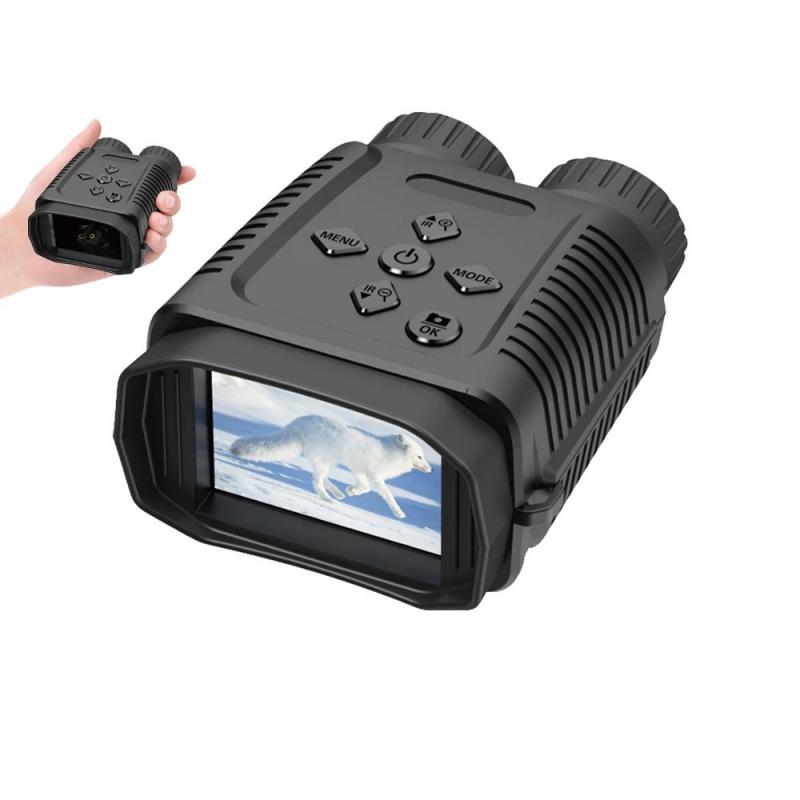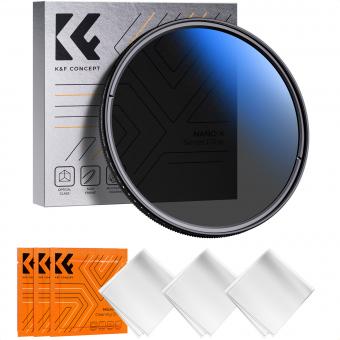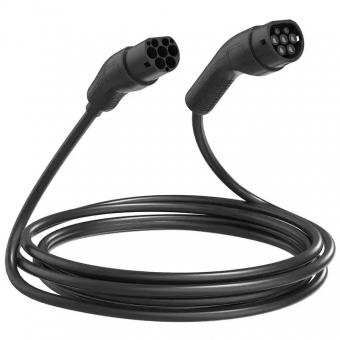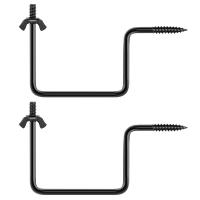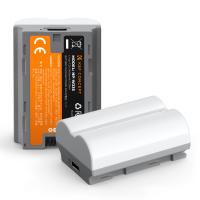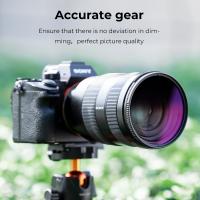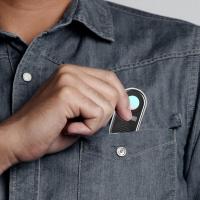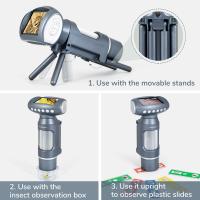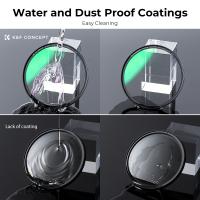What Binoculars To Get ?
When choosing binoculars, it is important to consider your specific needs and preferences. Factors to consider include the intended use (e.g., birdwatching, stargazing, sports events), magnification power, objective lens diameter, field of view, and image quality. Popular brands known for their quality binoculars include Nikon, Zeiss, Swarovski, and Leica. It is recommended to read reviews and compare different models before making a decision.
1、 Magnification power and field of view
When it comes to choosing the right binoculars, two important factors to consider are magnification power and field of view. These features play a crucial role in determining the quality of your viewing experience.
Magnification power refers to how much closer the binoculars can make an object appear. Common magnification powers range from 8x to 12x, with some specialized binoculars offering even higher magnification. Higher magnification can be beneficial for observing distant objects in detail, such as wildlife or celestial bodies. However, it's important to note that higher magnification also results in a narrower field of view and can make it more challenging to keep the image steady.
Field of view, on the other hand, refers to the width of the area you can see through the binoculars. A wider field of view allows you to observe a larger area at once, making it easier to track moving objects or scan a landscape. However, a wider field of view often comes at the expense of magnification power.
The choice between magnification power and field of view ultimately depends on your specific needs and preferences. If you prioritize detailed observations of distant objects, higher magnification power may be more suitable. On the other hand, if you value a broader view and the ability to track moving subjects, a wider field of view may be preferable.
It's worth noting that advancements in technology have led to the development of binoculars with improved magnification power and field of view. Manufacturers are constantly striving to strike a balance between these two factors, offering binoculars with higher magnification and wider fields of view. Therefore, it's always a good idea to research the latest models and read reviews to find the binoculars that best suit your needs.
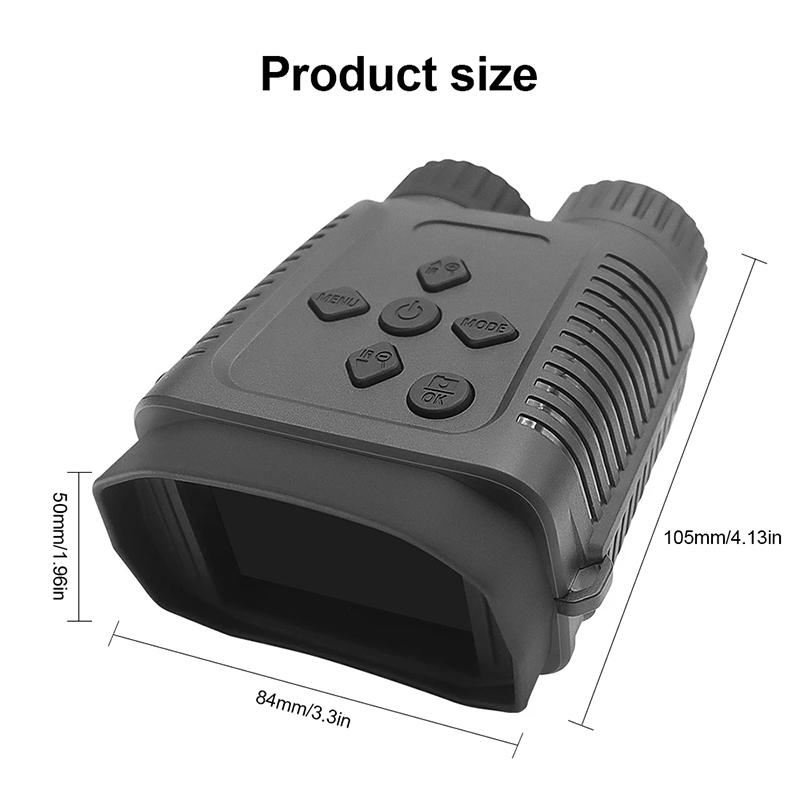
2、 Lens diameter and light-gathering capability
When considering what binoculars to get, two important factors to consider are lens diameter and light-gathering capability.
Lens diameter refers to the size of the objective lenses at the front of the binoculars. A larger lens diameter allows more light to enter the binoculars, resulting in brighter and clearer images. This is especially important in low-light conditions or when observing distant objects. Generally, a lens diameter of 42mm or larger is recommended for optimal light transmission.
Light-gathering capability is closely related to lens diameter. It determines how well the binoculars can gather light and produce a bright image. Binoculars with higher light-gathering capability are more suitable for activities such as stargazing or birdwatching in dim lighting conditions. However, it's important to note that larger lens diameters also mean heavier and bulkier binoculars, which may not be ideal for all users.
In recent years, there have been advancements in lens coatings and prism technology, which have improved the light-gathering capability of binoculars. High-quality coatings, such as fully multi-coated or phase-corrected coatings, can enhance image brightness and clarity. Additionally, newer prism designs, such as dielectric or phase-corrected prisms, can further improve light transmission and image quality.
Ultimately, the choice of binoculars depends on the intended use and personal preferences. For general outdoor activities, a lens diameter of around 42mm is a good balance between light-gathering capability and portability. However, for specialized purposes like astronomy or low-light wildlife observation, larger lens diameters and advanced coatings may be worth considering. It's always recommended to try out different binoculars and consult with experts to find the best fit for your specific needs.
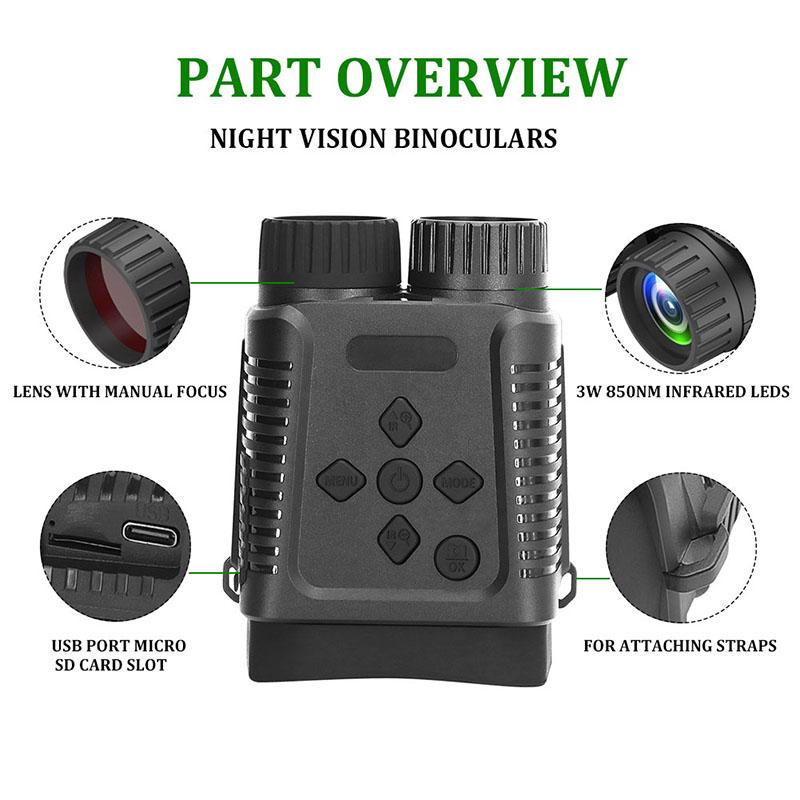
3、 Prism type and image quality
When it comes to choosing binoculars, there are two key factors to consider: the prism type and image quality. These factors play a crucial role in determining the overall performance and user experience of the binoculars.
Firstly, let's discuss the prism type. Binoculars typically come in two prism types: Porro prism and roof prism. Porro prism binoculars are known for providing a wider field of view and better depth perception. They are also generally more affordable. On the other hand, roof prism binoculars are more compact, lightweight, and offer a more streamlined design. They are often preferred for outdoor activities like birdwatching or hiking.
Secondly, image quality is of utmost importance. The image quality of binoculars is determined by factors such as lens coatings, glass quality, and magnification power. High-quality lens coatings, such as fully multi-coated or phase-coated, can greatly enhance image brightness, clarity, and color fidelity. Opting for binoculars with high-quality glass, such as ED (Extra-low Dispersion) or HD (High Definition) glass, can further improve image sharpness and reduce chromatic aberration.
In terms of the latest point of view, technological advancements have led to the development of image stabilization binoculars. These binoculars use gyroscopes or electronic sensors to compensate for hand movements, resulting in a steadier image. This can be particularly beneficial for activities like stargazing or marine observation.
Ultimately, the choice of binoculars depends on your specific needs and preferences. Consider factors such as intended use, budget, and desired features. It is also recommended to try out different models and brands to find the one that feels comfortable and provides the best image quality for you.
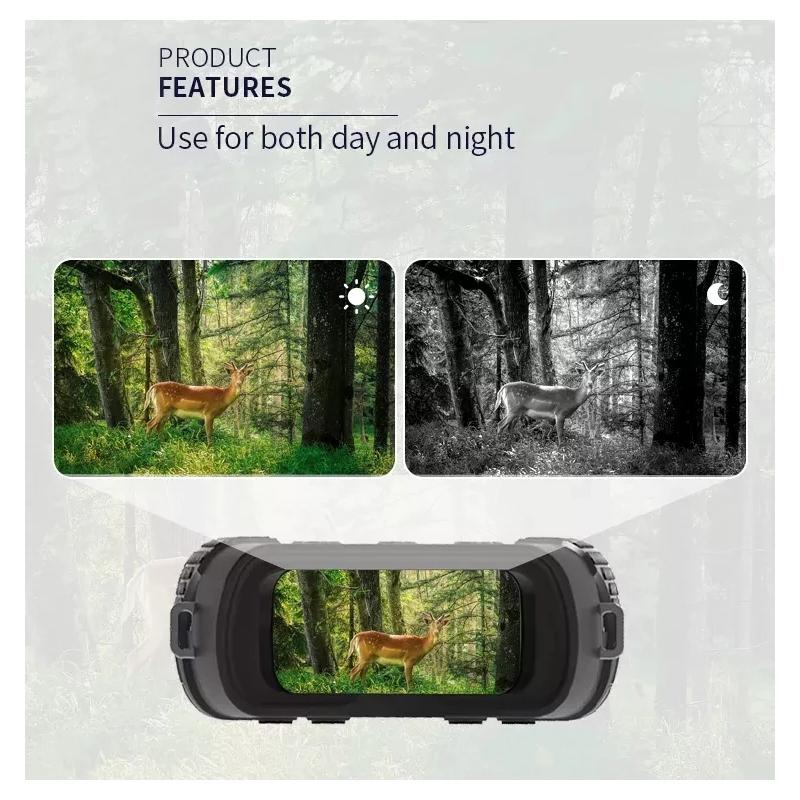
4、 Focus mechanism and ease of use
When it comes to choosing binoculars, there are several factors to consider, but two key aspects that should not be overlooked are the focus mechanism and ease of use. These factors can greatly impact your overall experience and the quality of your observations.
The focus mechanism is crucial as it determines how easily and accurately you can adjust the focus to get a clear and sharp image. There are two main types of focus mechanisms: center focus and individual focus. Center focus binoculars have a single focus wheel that adjusts both eyepieces simultaneously, making them more user-friendly and convenient for quick adjustments. On the other hand, individual focus binoculars require you to adjust each eyepiece separately, which can be more time-consuming and may require more precision.
Ease of use is another important consideration. Look for binoculars that have a comfortable grip and are lightweight, as this will make them easier to handle and carry for extended periods. Additionally, consider the size and placement of the focus wheel and other controls. They should be easily accessible and intuitive to use, allowing you to quickly adjust settings without taking your eyes off the subject.
In terms of the latest point of view, advancements in technology have led to the development of binoculars with improved focus mechanisms and ease of use. Many manufacturers now offer binoculars with features like smooth focus wheels, ergonomic designs, and user-friendly controls. Some models even incorporate electronic focus systems for precise and effortless focusing.
Ultimately, the best binoculars for you will depend on your specific needs and preferences. It is recommended to try out different models and consider factors such as the type of activities you will be using them for, your budget, and any specific requirements you may have.
